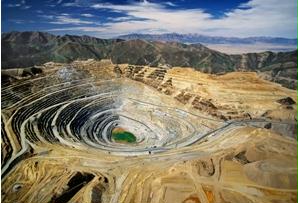Opposition to mining will prevent a green transition to renewables

Source: Bare (2012) Environmentalists win review of two more plants near Rosemont copper mine. Arizona Capitol times.
I could overwhelm you with world-wide trillions of tons of mining waste and how China has rendered 20% of its farmland too toxic to grow crops (BBC 2014), but let’s just zoom in on one mine in Arizona. In 2022, 13 years after the Rosemont Copper Mine near Tuscon, AZ was proposed in 2009, was finally shut down after strong opposition.
Yet clearly mines need to be built to make the transition to renewables ASAP. If world peak oil was in 2018 (EIA 2022) time’s a wastin’. Energy will get more expensive and scarcer as it declines. Mining will need increasing amounts of energy as ore quality continues to decline and remaining deposits further away and deeper, as well as the energy to crush ore, smelt metals out and fabricate them into parts. All of these steps require the high heat of fossil fuel energy, especially coal, for which there aren’t alternative electric or hydrogen processes and transportation. The first generation will have to be made with fossil fuels, not the electricity from yet to be built solar, wind, and nuclear power plants.
Michaux (2022a, 2022b) has made some rough calculations of the electricity, hydrogen, and metals to make them in an energy transition to 100% renewable energy by 2050 with wind, solar, nuclear, hydro, geothermal, and biowaste generation. It’s a work in progress, but the best estimate I’ve seen since he included not just the electric grid like most researchers (i.e. Jacobson 2011), but the electricity to replace the fossil energy used by transportation, manufacturing, and heating of buildings and homes.
Then he calculated the metals required to build these 586,000 average sized power stations in addition to the world’s 46,400 to generate the additional electricity and electrolysis of 200.1 million tonnes of hydrogen to power heavy duty transportation and manufacturing.
…click on the above link to read the rest…